The steam engine invented by James Watt marked a pivotal moment in the history of industrialization and transportation. It ushered in an era of unprecedented progress and transformed how we lived and worked. In this article, we will delve into the fascinating journey of the steam engine, exploring its origins, development, and profound impact on society. So, when was the steam engine invented, and how did James Watt contribute to its evolution? Let’s embark on this historical journey.
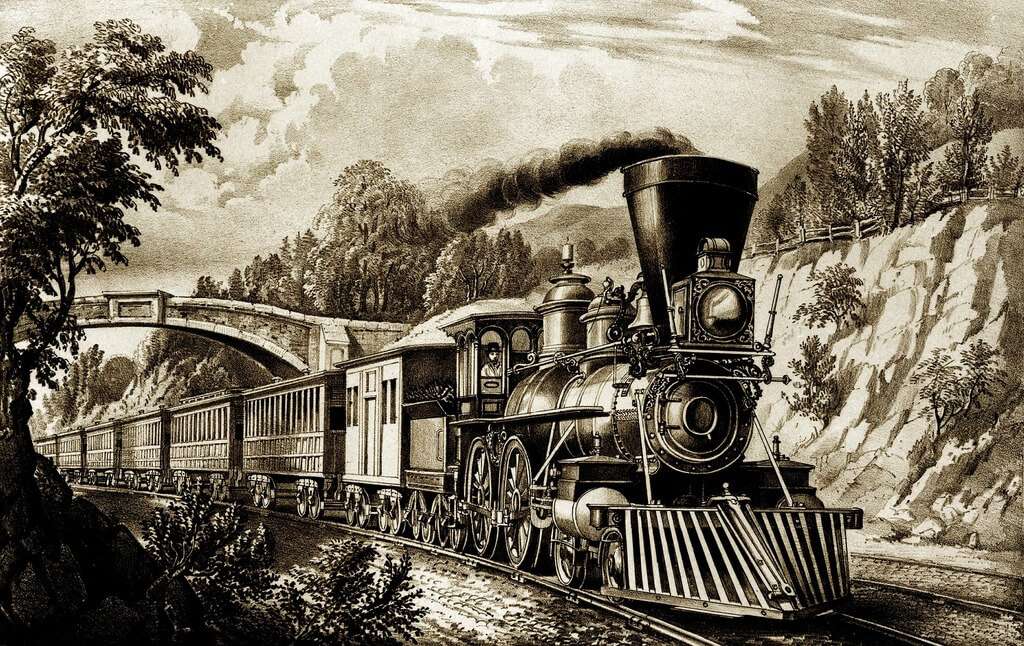
The Predecessors Of The Steam Engine
Before delving into James Watt’s revolutionary contributions, it’s essential to acknowledge the early efforts that paved the way for the development of the steam engine. The concept of harnessing steam power dates back to ancient times, with Heron of Alexandria, a Greek inventor and engineer, devising the earliest known steam-powered device in the 1st century AD. However, these early steam-powered devices were more novelties than practical machines, which needed more efficiency and engineering sophistication for industrial use.
The First Practical Steam Engine – Thomas Newcomen
The true precursor to the modern steam engine was developed by Thomas Newcomen, a British inventor and engineer, in the early 18th century. Newcomen’s engine, patented in 1712, was designed to pump water out of mines, a critical need during the burgeoning industrial revolution. Although this engine represented a significant advancement in steam power technology, it was far from efficient.
Newcomen’s engine worked on the principle of atmospheric pressure. It used steam to create a vacuum in a cylinder, allowing atmospheric pressure to push a piston down, which, in turn, operated a pump. While effective for its intended purpose, it consumed vast amounts of coal and water and had limited applications.
James Watt’s invention was a turning point in the steam engine’s history came with James Watt’s innovations. Born in Greenock, Scotland, in 1736, Watt would go on to revolutionize steam power and secure his place in history. Watt’s journey began when he was hired to repair a Newcomen engine in 1764. While working on it, he recognized its inherent inefficiencies and set out to improve.
Watt’s most crucial innovation was the separate condenser, patented in 1769. Instead of cooling the cylinder, as Newcomen’s engine did, Watt’s separate condenser allowed the cylinder to remain hot while the steam condensed in a separate chamber. This innovation significantly increased the engine’s efficiency and made it more practical for various industrial applications.

The Watt Steam Engine
In 1776, James Watt and his business partner Matthew Boulton introduced the “Watt steam engine” to the world. Thanks to the separate condenser, this engine was significantly more efficient and versatile than its predecessors. It consumed less coal and produced more power, making it suitable for a wide range of applications, from mining to manufacturing and transportation. Watt’s steam engine was pivotal in propelling the industrial revolution forward. Its applications were diverse, powering textile mills, factories, and even steamboats. It transformed the efficiency of existing industries and paved the way for innovations and initiatives to emerge.
The Impact Of Watt’s Steam Engine
The steam engine invented by James Watt had far-reaching effects on society and the global economy. Here are some key impacts.
Industrial Revolution: Watt’s steam engine is often considered one of the key catalysts of the industrial revolution. It enabled factories and mills to be powered by steam, leading to mass production and urbanization.
Transportation Revolution: The steam engine also played a significant role in revolutionizing transportation. Steam locomotives and steamships made long-distance travel and trade more accessible and efficient.
Energy Transformation: The steam engine shifted from reliance on human and animal power to mechanical power, ushering in an era of unprecedented energy abundance.
Economic Growth: The increased industry efficiency led to higher productivity and economic growth, benefiting manufacturers and consumers.
Global Impact: The steam engine had a global impact, facilitating the colonization and exploration of distant lands. Steam-powered ships reduced travel time across oceans, opening up new trade routes.
Legacy And Further Developments
James Watt’s invention of the steam engine left an enduring legacy, and his name is forever associated with the unit of power, the “watt.” However, the development of steam power did not stop with Watt. Engineers and inventors continued to make improvements and innovations in steam engine technology. One notable advancement was the high-pressure steam engine, developed by Richard Trevithick and Oliver Evans in the early 19th century. This engine type used higher-pressure steam and was more compact, making it suitable for mobile applications like locomotives and steamships. Later in the 19th century, the steam turbine, invented by Charles Parsons, emerged as another breakthrough in steam power technology. Steam turbines offered even greater efficiency and power output, leading to their widespread use in electricity generation and marine propulsion.
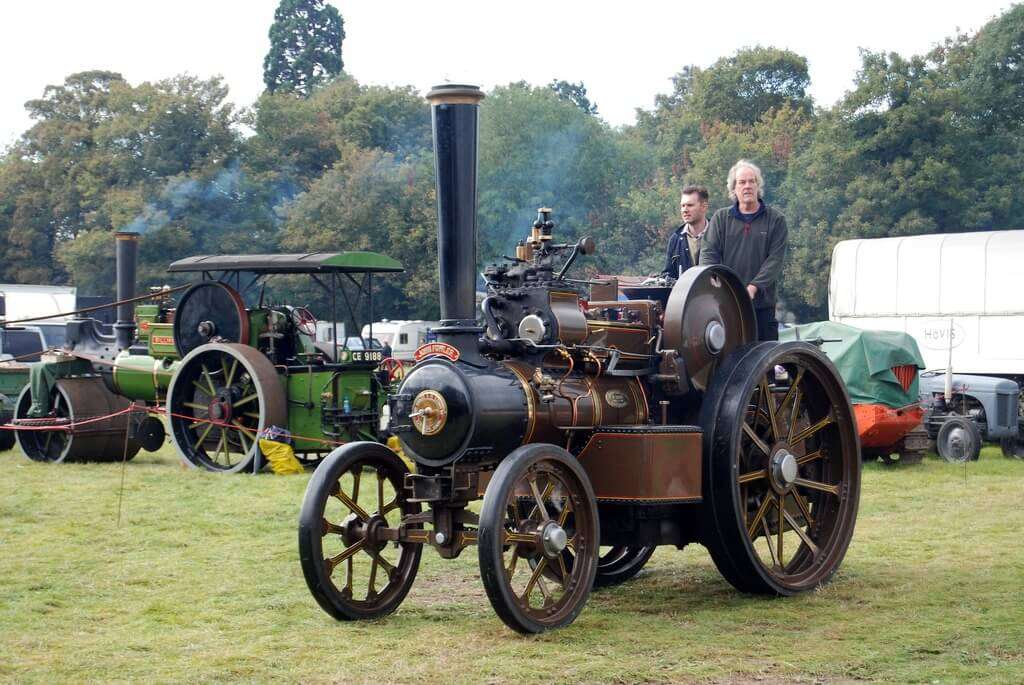
The steam engine, invented by James Watt, was a transformative invention that revolutionized industry, transportation, and society as a whole. Watt’s innovations, particularly the separate condenser, significantly improved the efficiency of steam engines, making them more practical for various applications. This marked the beginning of the Industrial Revolution and a new era of human progress.
While James Watt’s steam engine laid the foundation for modern steam power, it also inspired generations of engineers and inventors to continue refining and expanding the technology. From high-pressure engines to steam turbines, these innovations built upon Watt’s work and contributed to steam power’s continued growth and evolution. In the end, the invention of the steam engine by James Watt remains a testament to human ingenuity and the power of innovation to shape the course of history. It changed how we lived and worked and propelled humanity into a new age of industrialization and progress, leaving an indelible mark on the world.
When The Steam Engine Was Invented By James Watt?
In the annals of human history, certain inventions stand out as pivotal moments that sparked tremendous change. Among these, the steam engine invented by James Watt holds a preeminent place. The world before Watt’s revolutionary invention was characterized by a reliance on traditional sources of power, primarily human and animal labor. The advent of the steam engine marked a turning point, triggering an industrial revolution that altered the course of humanity.
The Early Industrial Landscape
Before delving into the monumental impact of James Watt’s steam engine, it is crucial to understand the context of the times. The late 18th century was an era defined by burgeoning industrialization, predominantly powered by manual labor and primitive machinery. Industries relied on water and windmills for power, limiting their capacity and efficiency. Transportation, too, was constrained by the slow pace of horse-drawn carriages and boats.
The Birth Of Innovation: James Watt And The Steam Engine
James Watt, a Scottish inventor born in 1736, is hailed as the mind behind the steam engine’s transformation. Watt’s genius lay not merely in inventing the steam engine but in improving its efficiency and making it practical for widespread industrial use. He entered the scene when, as a skilled instrument maker, he was tasked with repairing a Newcomen engine, a relatively inefficient early steam engine. Watt saw the potential for improvement and began working on enhancing its design.
The Ingenious Innovations
Watt’s breakthroughs were game-changers. He introduced a separate condenser that drastically reduced energy waste, allowing the engine to operate more efficiently. This innovation not only saved energy but also enhanced the engine’s power and scalability. Additionally, he devised a double-acting engine, significantly enhancing its functionality by allowing power to be exerted on both the up and down strokes.
Impact Of The Steam Engine
The advent of the improved steam engine by James Watt revolutionized multiple industries. One of the most significant impacts was on manufacturing. Factories could now harness the power of steam, accelerating production and allowing for larger-scale manufacturing processes. This transformation laid the foundation for the Industrial Revolution, leading to increased productivity and the birth of modern industry.
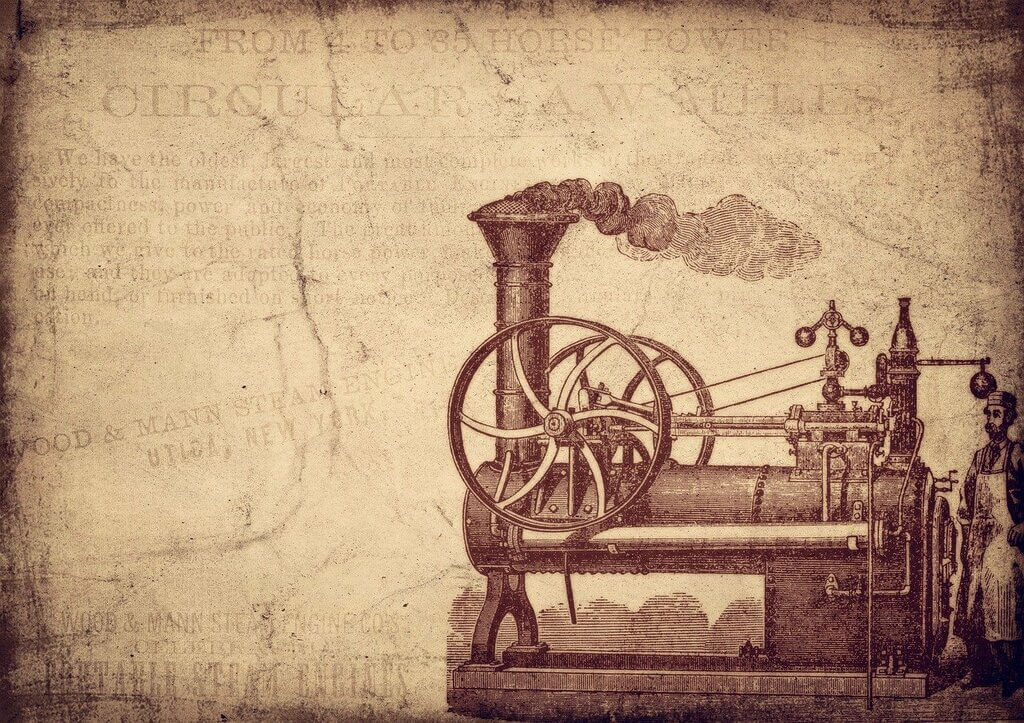
Transportation Revolution
Watt’s engine also revolutionized transportation. Steam-powered locomotives and steamships emerged, altering the landscape of travel and trade. The speed and efficiency offered by steam-powered transportation reshaped global connections and contributed to the shrinking of distances between regions.
Social And Economic Ramifications
The ramifications of Watt’s invention were not confined to technological advancement; they reverberated across society and the economy. The steam engine facilitated the migration of populations from rural areas to cities, seeking employment in burgeoning industries. The demand for labor surged, giving rise to urbanization and fundamentally altering societal structures.
The Global Reach
Watt’s invention wasn’t limited to Britain, its birthplace. Its impact spread far and wide, transforming the global landscape. Countries around the world adopted the steam engine, propelling their industrial revolutions and accelerating their development.
Legacy And Continuing Influence
The steam engine invented by James Watt left an indelible mark on human history. Even in the present day, its influence persists. While technological advancements have birthed more sophisticated engines, the foundational principles laid by Watt continue to underpin modern machinery.
Challenges And Controversies
However, the rise of the steam engine wasn’t without its challenges and controversies. Environmental impacts, labor conditions, and socio-economic disparities arose as industrialization surged. Critics raised concerns about pollution, labor exploitation, and the displacement of traditional industries.
In conclusion, the steam engine invented by James Watt was a transformative force that propelled humanity into a new era. Its impact on industry, transportation, society, and the global economy is immeasurable. Watt’s innovations were the cornerstone of the Industrial Revolution, reshaping the world and setting the stage for future technological advancements. Despite the challenges it posed, the steam engine’s legacy endures, reminding us of the power of human innovation in shaping the world.

Why The Steam Engine Is Not Used In Automobiles?
The steam engine, invented by James Watt, stands as a hallmark of innovation that transformed the world’s industries and transportation during the Industrial Revolution. However, despite its historical significance and immense impact on early locomotives and machinery, the steam engine never became the driving force behind automobiles. Why, then, didn’t this revolutionary technology find its way into our cars?
A Matter Of Efficiency
The primary reason for the absence of steam engines in automobiles is their efficiency—or lack thereof. Steam engines require time to reach their optimal operating temperature, unlike internal combustion engines, which can start and operate efficiently within minutes. In the context of a vehicle, the delay in producing power would be impractical for everyday use. The need to warm up the engine to generate steam added an inconvenient time lag, rendering it unsuitable for swift and on-demand transportation.
Complexity And Size
Steam engines are considerably larger and more complex than internal combustion engines. In a car, space and weight are critical factors, and steam engines, with their bulkier design and intricate systems, are simply impractical for the compact and lightweight nature of automobiles. Additionally, the sheer number of components required to build and maintain a steam engine makes it economically unviable for mass production and personal use.
Safety And Regulation Challenges
Another critical factor is safety. Operating a steam engine involves high-pressure boilers and heat sources, posing potential risks if not managed properly. The complexity of managing such high-pressure systems in a moving vehicle raised safety concerns, making it challenging to regulate and ensure safe operation, especially for the general public. As a result, regulations for ensuring the safe operation of steam-powered vehicles became a significant hindrance to their widespread adoption.
The Era Of Innovation: Rise Of The Internal Combustion Engine
During the early days of automobile development, there was a race among different technologies to power these new modes of transportation. While the steam engine had its merits, the internal combustion engine emerged as the more practical and viable option. Innovations in fuel injection, lighter materials, and the efficiency of the internal combustion engine rapidly evolved, making it more suitable for automobiles.
Instant Power And Flexibility
The internal combustion engine provided instant power and flexibility in terms of speed and acceleration, addressing the limitations of the steam engine. With its ability to start quickly and respond rapidly to varying demands, the internal combustion engine became the preferred choice for powering cars, enabling it to meet the dynamic needs of modern transportation.
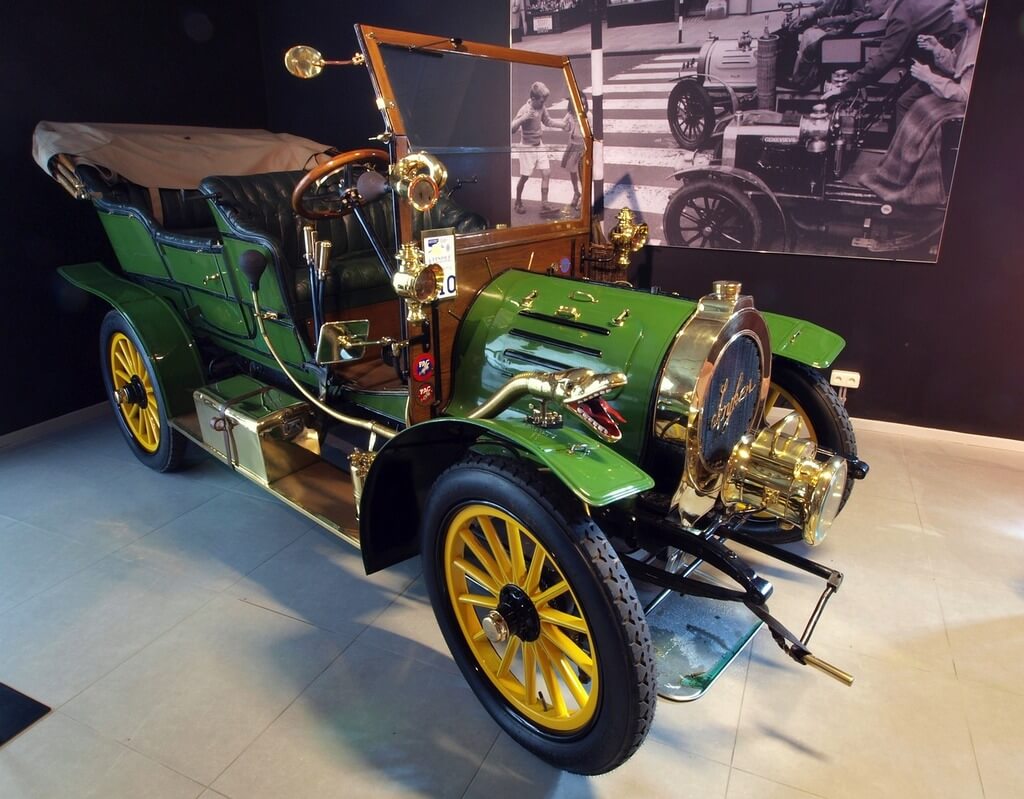
Economic Factors And Infrastructure
Furthermore, the widespread availability of gasoline or petrol at the time further favored the adoption of the internal combustion engine. The existing infrastructure supported the distribution and refueling of gasoline, making it convenient and cost-effective for consumers. The investment in petrol stations and the accessibility of gasoline made the internal combustion engine an economically favorable choice for automobile manufacturers and consumers.
Environmental Considerations
Though not a primary concern during the early days of automobile development, environmental considerations have become a critical factor in modern times. The inefficiency of early steam engines, with their substantial fuel consumption and emissions, would have posed significant environmental challenges if widely adopted. In contrast, advancements in internal combustion engines, coupled with efforts toward developing cleaner and more efficient technologies, have steered the focus toward greener alternatives.
The Role Of Historical Precedence
As internal combustion engines gained dominance and the infrastructure for gasoline-powered vehicles expanded, a historical precedent was set. Society became accustomed to and invested in the use of internal combustion engine vehicles. The inertia of existing infrastructure, consumer habits, and the established automotive industry have made it challenging for alternative technologies, including steam engines, to gain traction in the automobile sector.
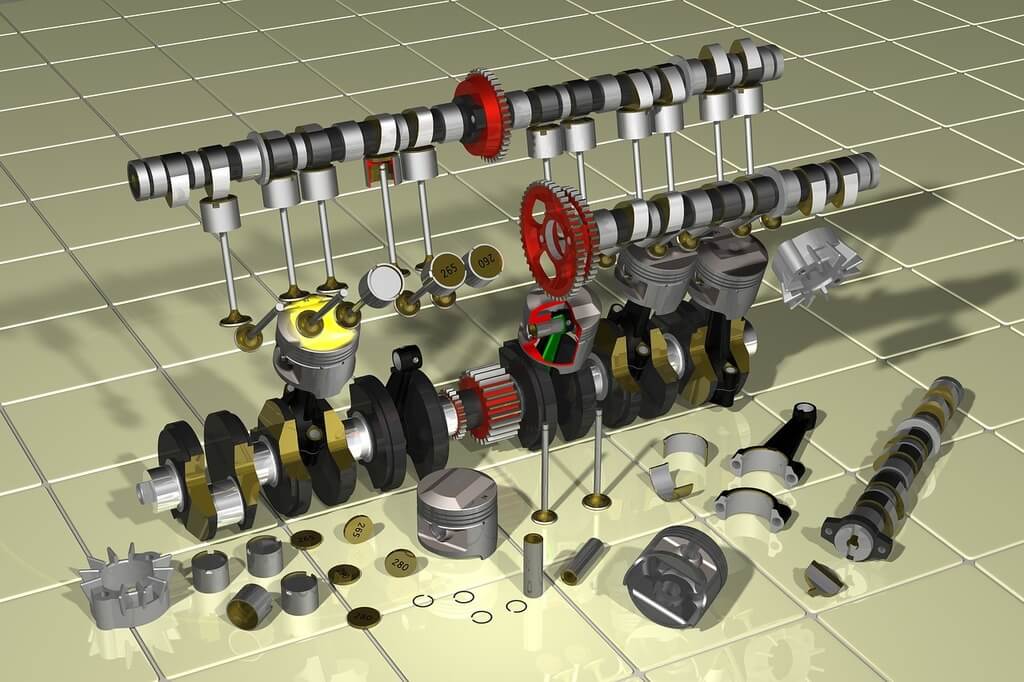
Modern Resurgence In Interest
Despite its absence in contemporary automobiles, the steam engine has yet to entirely disappear from the innovation landscape. There’s been a resurgence in interest in alternative energy sources and sustainable transportation. Researchers and enthusiasts have been exploring ways to harness steam power in modern vehicles, focusing on developing more efficient, compact, and safer steam engine designs that could contribute to the future of sustainable transportation.
Final Thoughts
While the steam engine invented by James Watt was a groundbreaking technology that reshaped industries and transportation during the Industrial Revolution, it did not become the driving force behind automobiles due to various practical limitations. The advent of the internal combustion engine, its efficiency, safety, and adaptability, alongside economic and infrastructural factors, relegated the steam engine to a historical innovation rather than a primary power source for cars. However, as the world grapples with environmental concerns and seeks sustainable solutions, the concept of steam-powered vehicles is seeing renewed interest, potentially hinting at a future where historical technology could find new life in modern transportation.
Also Read: Who Invented The Telephone?
